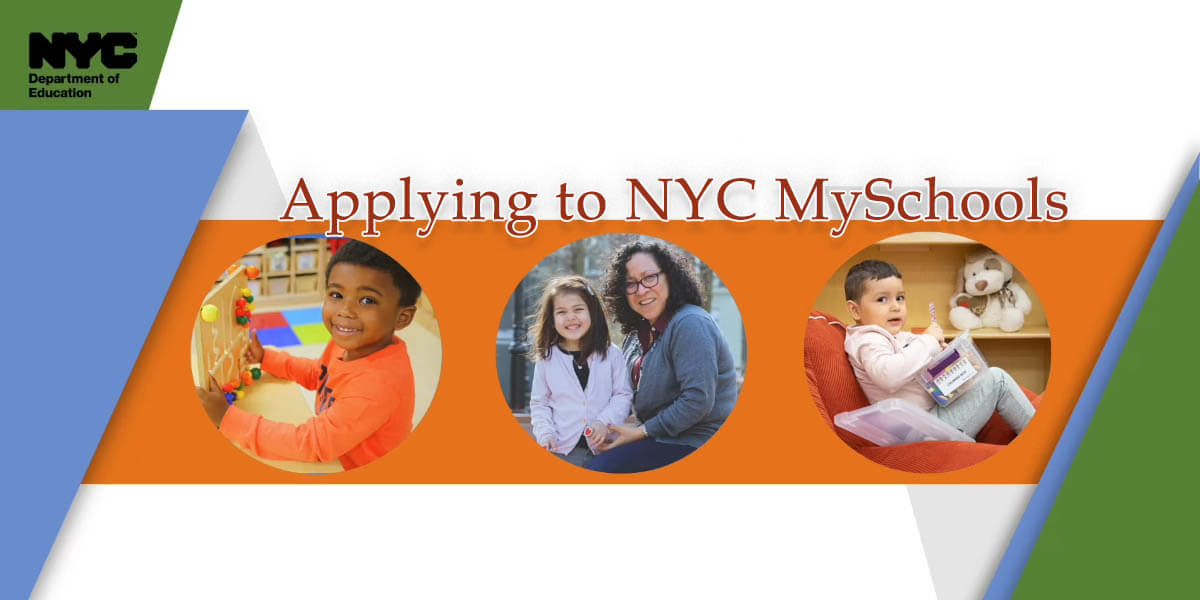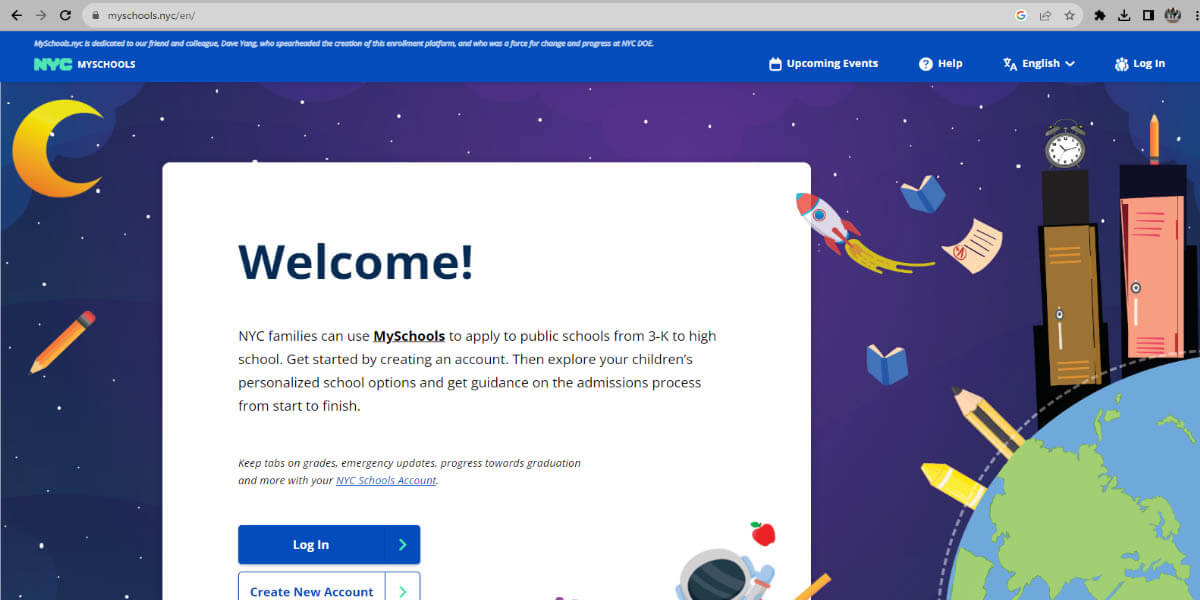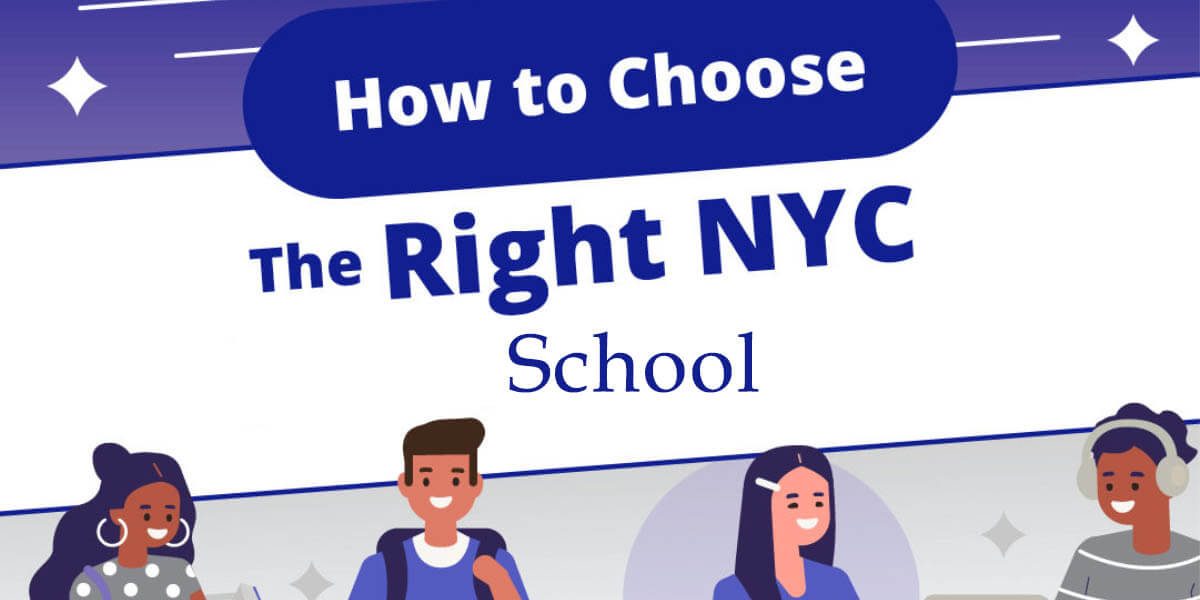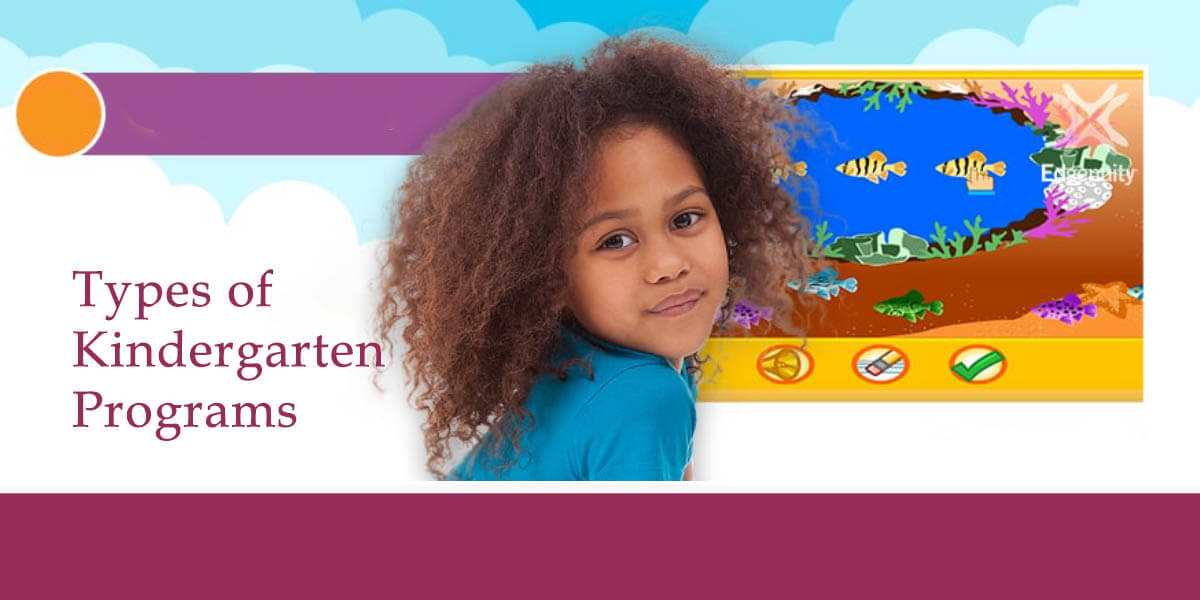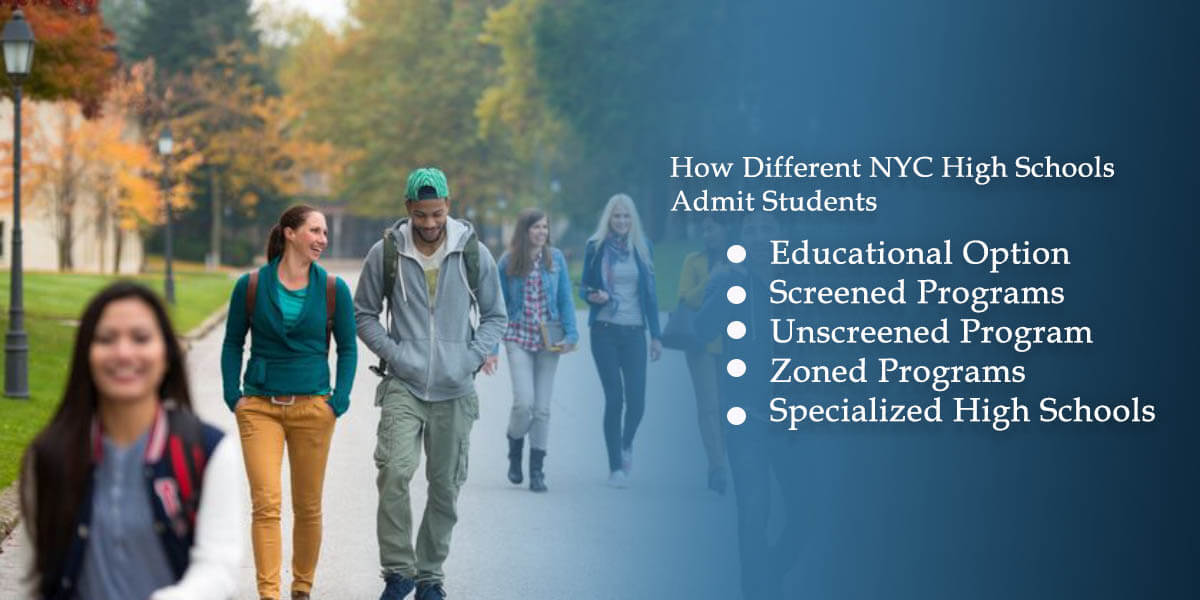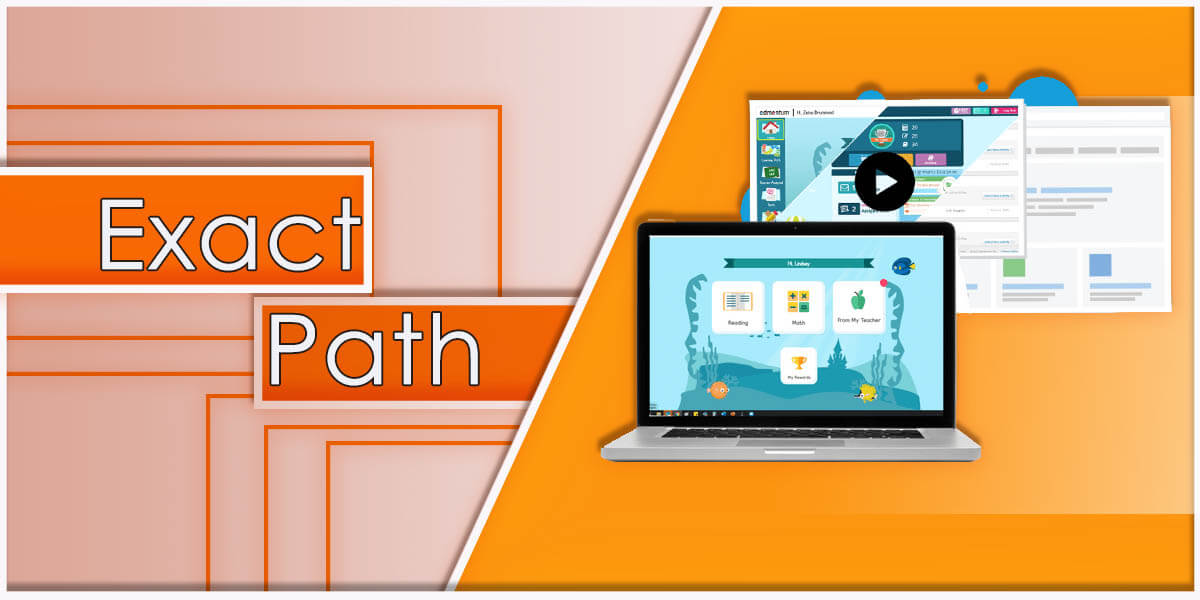Choosing the right middle school for your child is one of the most important decisions you will make as a parent. With over 400 public middle school programs across New York City’s five boroughs, navigating the application and enrollment process can feel daunting.
However, having the right information empowers you to make informed choices. This comprehensive guide will walk you through every step of applying to NYC MySchools, from initial research to acceptance results. By the end, you’ll feel confident supporting your child through this transition.
NYC MySchools’ online platform allows families residing in New York City to apply for middle school, preschool, and kindergarten in various educational institutes in their surroundings. This platform provides complete guidelines and support for parents so they can choose or explore personalized options while going through the admission process.
For each type of admission process, the platform provides complete guidelines and documentation as well. To give you a more brief overview of the NYC MySchools platform, we have written this detailed guide, mentioning details of each grade that you need to know about the education of your child.
Researching Your School Options
The first step is exploring the diverse options across New York City. With the NYC School Finder on the DOE website, you can easily search by grade levels, location, screen types, and more to browse school profiles. Read thoroughly to compare academics, extracurriculars, class sizes, and philosophy. Make notes on any programs uniquely tailored to your child’s strengths. I also recommend visiting schools virtually or in person during open houses to experience the environment firsthand.
Speaking to current families provides valuable insights. With these research methods, you’ll gain a well-rounded funderstanding of 10-15 schools that spark your child’s interests. Having top choices informed by qualitative and quantitative data maximizes the chances of a successful match.
The Application Process
Applications are submitted online through the MySchools portal from October to early January. The required components are straightforward, including contact details, home address, academic records if applicable, and IEP documents should your child receive related services.
When crafting your school list, aim for a mix of likely, possible and reach choices to improve odds of placement. You can edit preferences until the deadline, so finalize only after thorough research. Be sure to proofread for errors before submitting – typos could impact review. With early preparation and a complete submission by the January deadline, you’ll feel confident in this initial step.
School Visits and Research
Nothing compares to experiencing a school firsthand. Attend open houses in the fall to get a true sense of culture, speak with staff, and observe classrooms in session. If in-person visits aren’t possible, virtual options on school websites provide valuable insights. I also recommend connecting with other families via email or phone. Current parents offer honest feedback to help determine if the learning environment suits your child’s needs. Well-rounded research incorporating qualitative data points will support your finalized list.
Finalizing and Editing Your Application
As the deadline nears, carefully re-evaluate your school list order based on new learnings. Remove lower choices to focus on top options if needed. Thoroughly proofread all application details, as errors could impact review. You may also wish to include a short student essay showcasing interests and strengths. With polished final steps, you’ll feel confident in your submission.
The Matching Process
Admission decisions consider student preferences, academic performance, IEP/ELL status, borough residence, siblings and available seats – not selective entrance exams. Match results are typically released in late winter or early spring after the algorithm runs. While acceptance to higher choices isn’t guaranteed, this objective process aims to place all students. Have patience and remain open-minded to alternate options.
Placement and Waitlists
If not initially matched, students are assigned to a public school near their home. You may appeal this placement by requesting to join waitlists for preferred schools. Stay actively involved by following up regularly with school staff. Many matches happen from waitlists throughout the spring and summer as seats open up. Persistence and optimism serve students well through this phase.
Summer and Beyond
After receiving placement news, focus on supporting your child’s smooth transition. Obtain needed supplies, familiarize them with transportation routes, and encourage excitement for their new school community. School staff also remain available to answer questions and offer guidance as needed. With advance planning, the first day will be an energizing new start!
Researching Your School Options
In addition to browsing school profiles, leverage available data on student demographics, achievement levels, extracurricular offerings, budget details and more. The DOE and individual school websites provide informative data reports and accountability documents. Analyzing quantitative metrics alongside qualitative impressions offers valuable context when determining fit.
You may also find community school councils, parent-teacher associations and alumni groups to be rich resources on each school’s culture and priorities. Connecting with these supportive networks early allows time to address any questions as you finalize your list. With multidimensional research from various trusted sources, you’ll enter the application process well-equipped to identify schools primed to nurture your child’s growth.
Academic Records and IEPs
If your child has an IEP or 504 plan, schedule time well in advance to review goals and services with their current teachers, related service providers and administrators. Gathering first-hand insights on progress and needs ensures you can effectively advocate during the application and enrollment process.
Documentation should clearly outline agreed-upon supports and modifications as per the IEP/504. You may also wish to request recent evaluations be included, as these provide a comprehensive snapshot of strengths and challenges. For students new to the special education system, connect with your local Community Education Council’s special education subcommittee for guidance. Their expertise navigating the laws and policies that protect students with disabilities helps families access the consideration and accommodations their children deserve.
Frequently Asked Questions
An extensive Q&A addresses common inquiries on specific program requirements, the special education process, transfers, non-public school applications and more. Please feel free to reach out if you have any other questions after reviewing this guide.
Special Circumstances and Support
Resources for English Language Learners, students new to New York City, those with IEPs or 504 plans, homeless youth and other unique situations will be provided. Our goal is for every family to access the tailored support and consideration their child deserves.
Conclusion
With thorough research, strategic planning and the right information at your fingertips, you now have confidence to support your child through this transition. Many caring school staff and DOE representatives remain available with additional guidance. Stay positive – your efforts will result in a successful outcome whether the first match or through continued advocacy. Wishing you and your student the very best as they embark on this new chapter.


